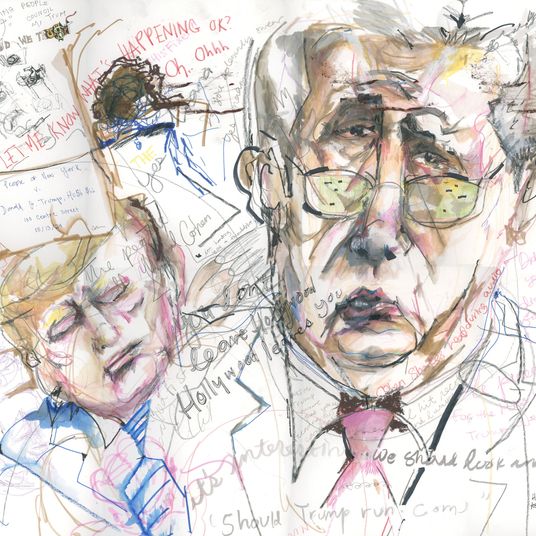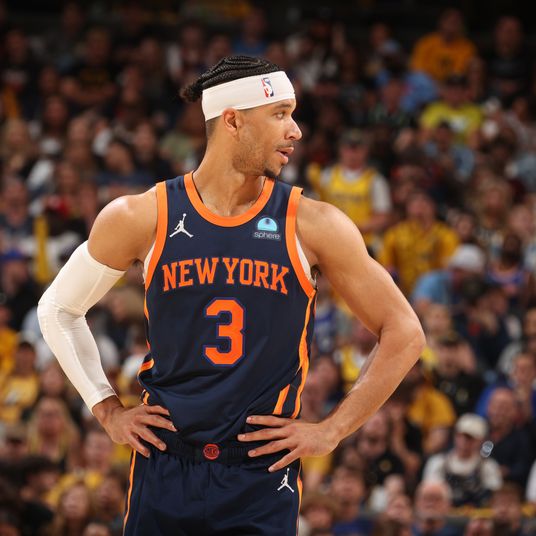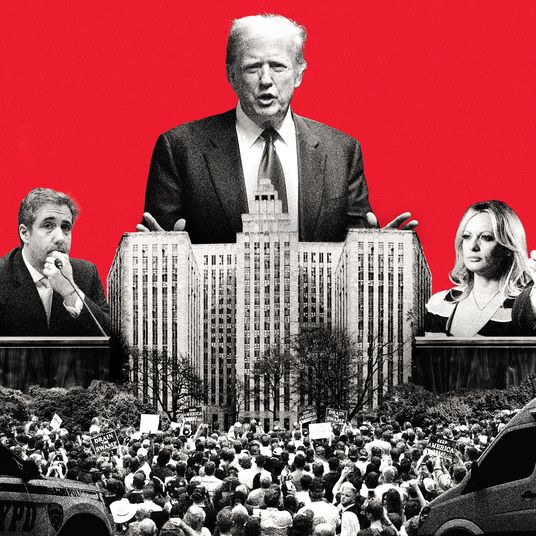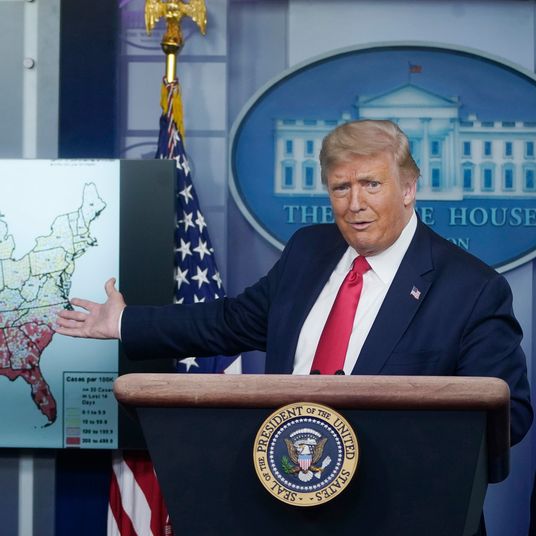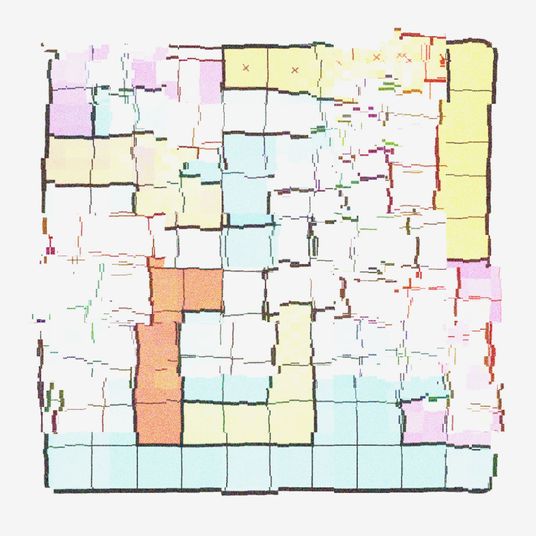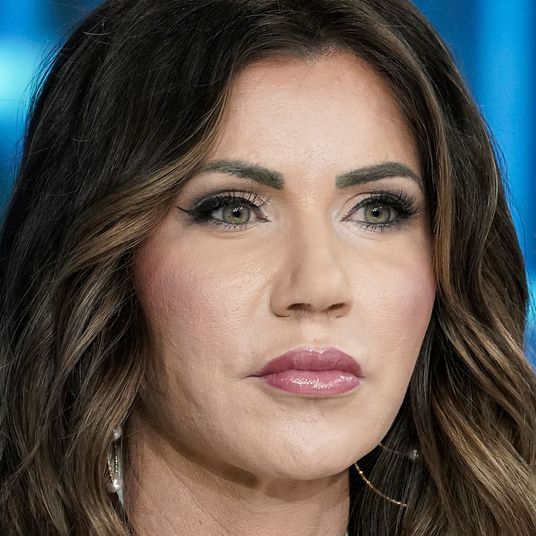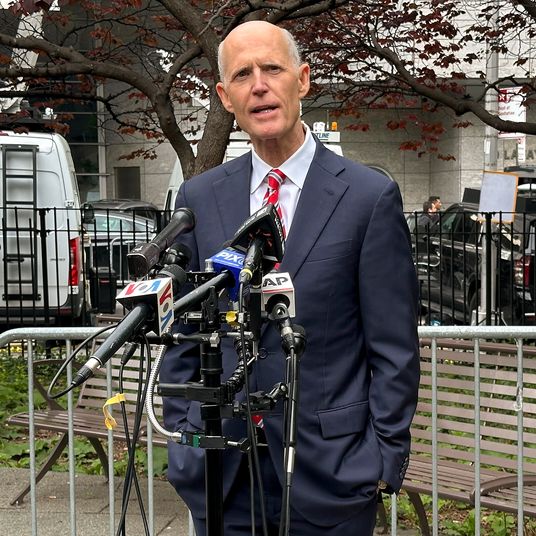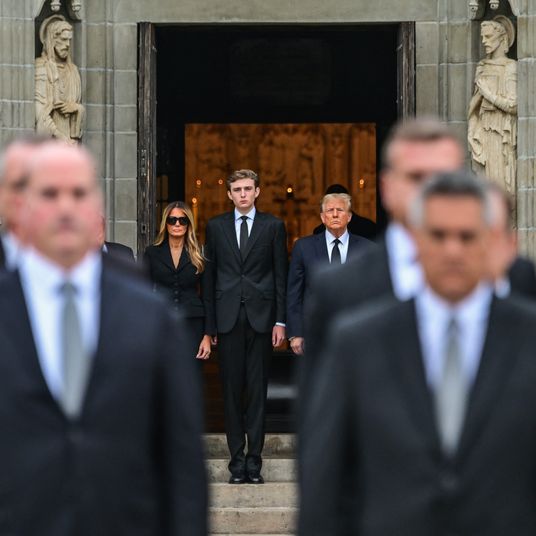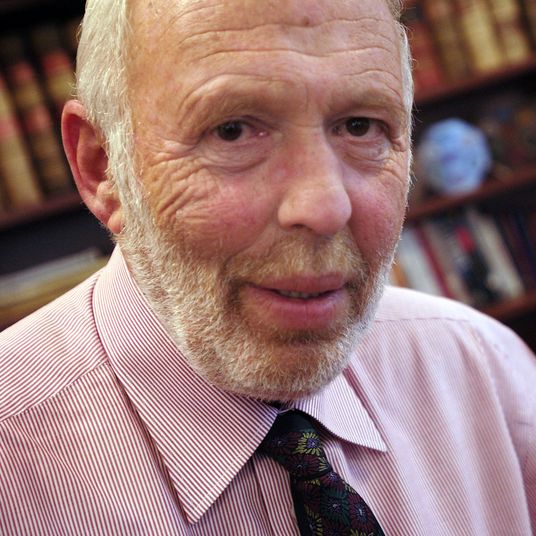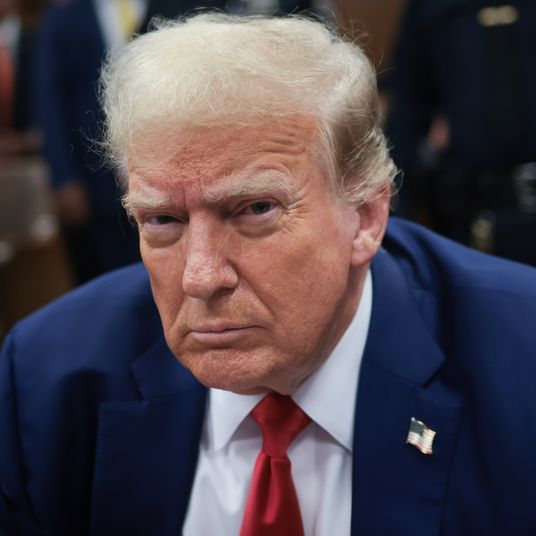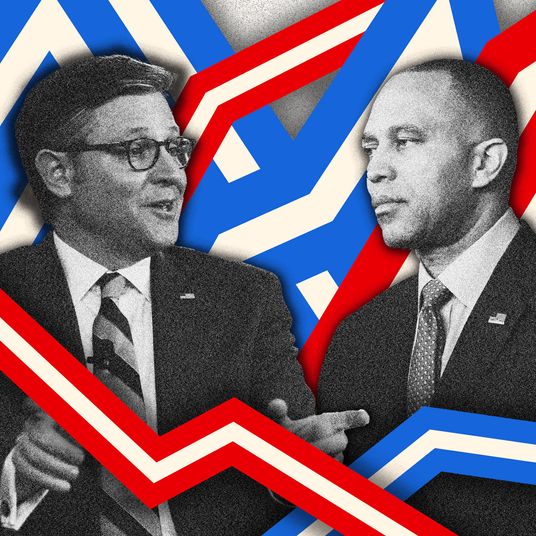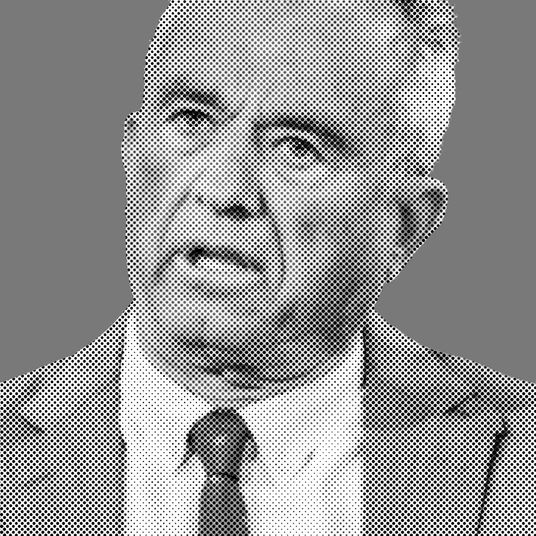
On December 13, shortstop Carlos Correa, one of the prizes of this season’s baseball free-agent market, agreed to a 13-year, $350 million contract with the San Francisco Giants with the deal only pending a physical that is typically a formality. On Tuesday, the Giants postponed their press conference introducing Correa with an atypically vague press release. Still, few could have have predicted the mayhem that was about to unfold. Overnight, the Mets suddenly swooped in, and as even many team executives slept, acquired an expensive new infielder.
Maybe nobody should have been shocked, because this is what the Mets do now. Since Steve Cohen bought the team from the Wilpon family, he has transformed them from baggage-laden frustration generator into a free-spending organization that is comfortable blowing past any luxury-tax threshold necessary. Assuming the Mets aren’t scared off by their own pending physical examination of Correa (as the Giants were with theirs), his 12-year, $315 million contract will be the fourth one worth more than $20 million a year that they’ve given out this off-season alone. The list also includes agreements with Justin Verlander (two years, $86.7 million), Brandon Nimmo (eight years, $162 million), and Edwin Diaz (five years, $102 million). Correa will shift positions, becoming a third baseman to accommodate one of Cohen’s other premium acquisitions: Francisco Lindor, who last year agreed to a ten-year, $341 million extension.
Earlier this year, as Major League Baseball and its players hammered out a new collective-bargaining agreement, the luxury-tax system was amended in an attempt to deter Cohen from using his billions to assemble a roster at a cost that would scare away even the league’s other very wealthy owners.
The so-called “Cohen tax” applies to payrolls over $290 million, charging teams exorbitant amounts for every dollar spent above that. But Cohen (net worth: $12.8 billion) embraced the term, telling reporters during spring training, “It’s better than a bridge being named after you.” And in the first full off-season of the new CBA, he’s certainly not letting it slow him down.
At the moment, the Mets’ payroll for luxury-tax purposes is projected to be $384.3 million, more than $94 million higher than the Yankees, who’ve had a rather expensive off-season as well. The Mets’ payroll tax — the amount they’ll pay in addition to their actual contracts — will come to nearly $100 million. But what’s another $100 million when you have a net worth of $12.8 billion? Said Cohen to New York Post: “What the heck’s the difference? If you’re going to make the move make the move.”
Cohen’s dollars have totally shifted the mood of the Mets’ fanbase, which for generations has expected doom and disappointment and now can expect to root for a team that’s run like the big-market organization it’s always been. Cohen’s positioned the Mets to not only compete for headlines in New York — the Correa news dropped hours before a press conference in the Bronx to formally announce the Aaron Judge signing — but to compete for a World Series on the field, not as a scrappy underdog but as a well-financed juggernaut.
The Correa deal and the Mets’ wild off-season dramatically raises the expectations for a team that in 2022 had a very good season with a very disappointing finish. Making a playoffs was a win for the Mets last year; with this roster, the goal in 2023 is a World Series title.
Forty-five years ago, Mets fans woke up on a June morning to the news that Tom Seaver, the best and most important player in franchise history, had been traded to the Cincinnati Reds. The incident would go down in Mets lore as the “Midnight Massacre” and remains a low point for a franchise that’s seen its share of them. But this is the kind of surprise Mets fans can wake up to now. Call it Steve Cohen’s Midnight Miracle.





